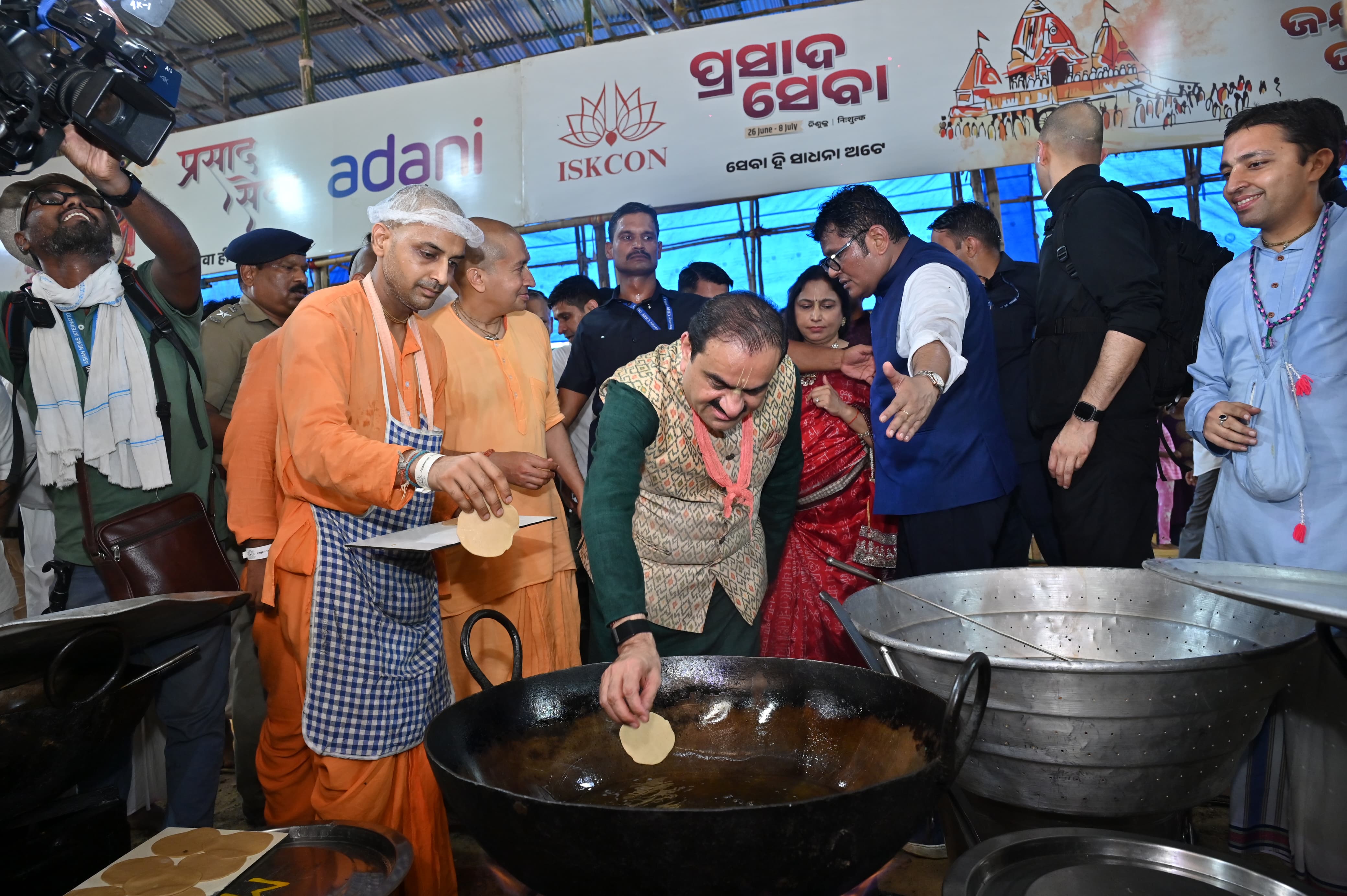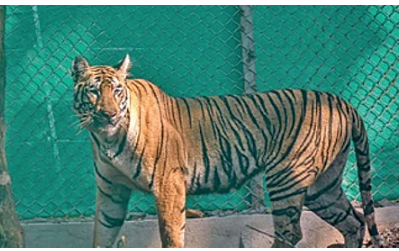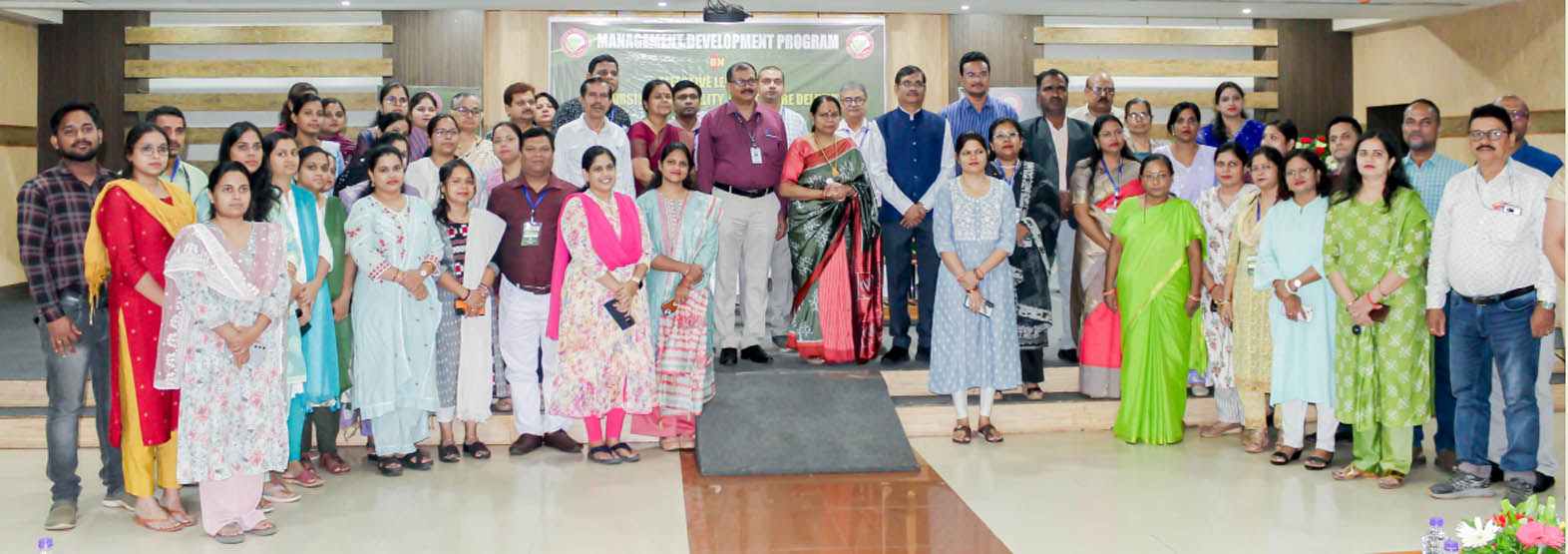Biomedical engineers grow 3D bioprinted blood vessel

Biomedical engineers have designed a 3D-bioprinted model of a blood vessel that mimics its state of health and disease. It aims to pave the way for possible cardiovascular drug advancements with better precision. A team in the Department of Biomedical Engineering at Texas A&M University led by Akhilesh Gaharwar, associate professor, and Abhishek Jain, assistant professor, has designed a 3D-bioprinted model of a blood vessel that mimics the native vascular function and disease response. Gaharwar is a biomaterials expert and has developed novel bioinks that offer unprecedented biocompatibility and control of mechanical properties needed to print blood vessels. Jain's expertise lies in creating biomimetic models of vascular and hematological diseases. This interdisciplinary and collaborative project was recently published in the journal Advanced Healthcare Materials. What is 3D bioprinting? 3D bioprinting is an emerging additive manufacturing technique to fabricate constructs for human disease modeling. However, current cell-laden bioinks lack sufficient biocompatibility, printability, and structural stability needed to translate this technology to preclinical and clinical trials. A range of hydrogel bioinks was introduced to design these structures; however, there is a limitation in available bioinks that can mimic the vascular composition of native tissues. Current bioinks lack high printability and are unable to deposit a high density of living cells into complex 3D architectures, making them less effective. Vascular diseases such as aneurysms, peripheral artery disease and clots inside blood vessels account for 31% of global deaths. Despite this clinical burden, cardiovascular drug advancements have slowed over the past 20 years. The decrease in cardiovascular therapeutic development is attributed to the lack of efficiency in converting possible treatments into approved methods, specifically due to the discrepancy between studies that take place outside the body compared to inside. Researchers at Texas A&M University aim to remodel current methodologies to minimize this gap and improve the translatability of these techniques by directing 3D bioprinting toward vascular medicine. To overcome these shortcomings, Gaharwar and Jain developed a new nanoengineered bioink to print 3D, anatomically accurate, multicellular blood vessels. Their approach offers improved real-time resolution for both macro-structure and tissue-level micro-structure, something that currently is not possible with available bioinks. This 3D-bioprinted vessel provides a potential tool to understand vascular disease pathophysiology and assess therapeutics, toxins or other chemicals in preclinical trials. Other project collaborators include Dr. John Cooke from the Houston Methodist Research Institute and Javier Jo from the University of Oklahoma. Sources: Texas A&M University
Latest News

ISKCON Hails Gautam Adani's Humble Service at...

Odisha: BMC Additional Commissioner Ratnakar S...

Similipal Tigress Zeenat, who roamed 3 states,...

Train services disrupted due to landslide on K...

Rajkummar Rao to play Sourav Ganguly in upcomi...

SOA Vice-President stresses need to empower nu...

Archita gears up for a powerful comeback as 'P...
Copyright © 2024 - Summa Real Media Private Limited. All Rights Reserved.











































